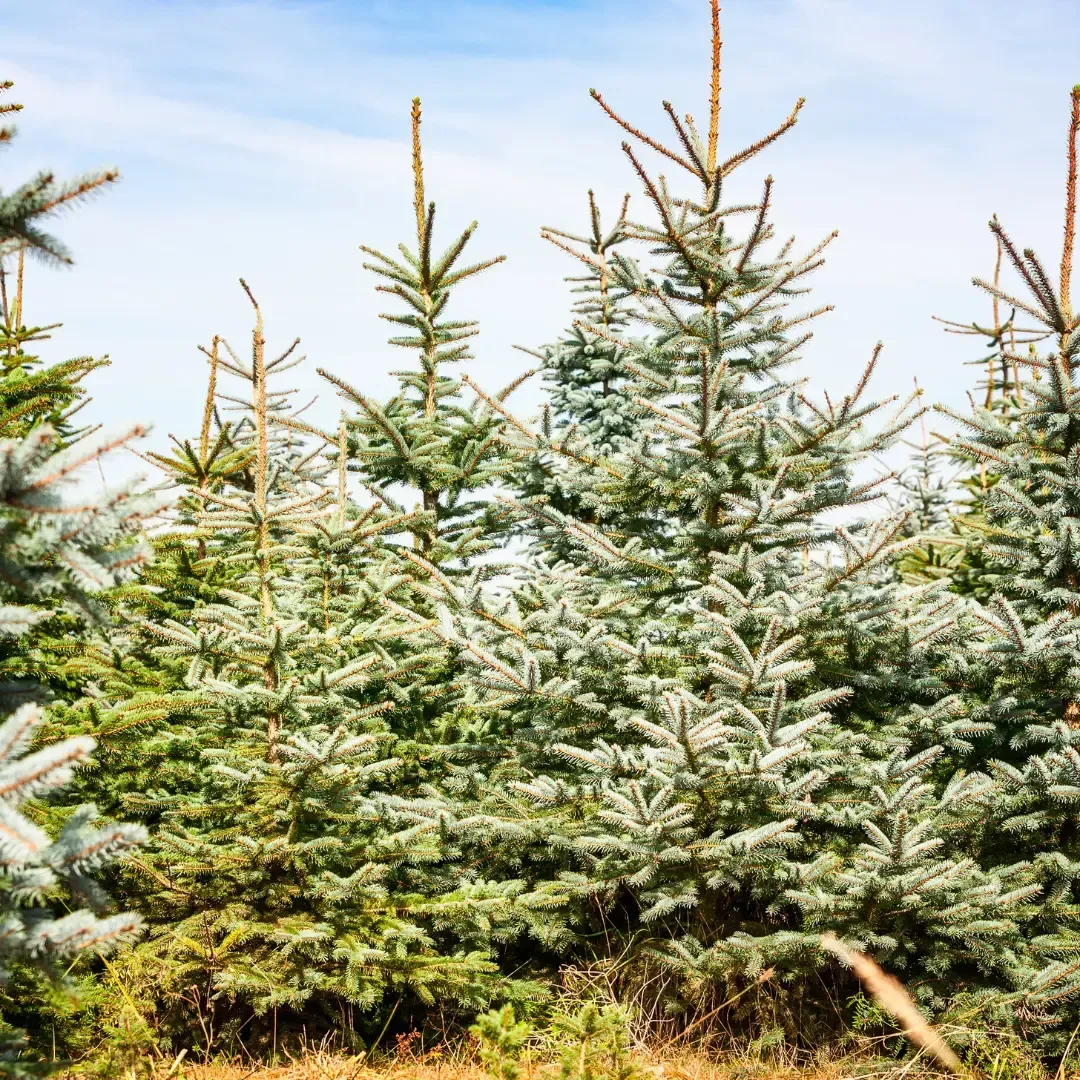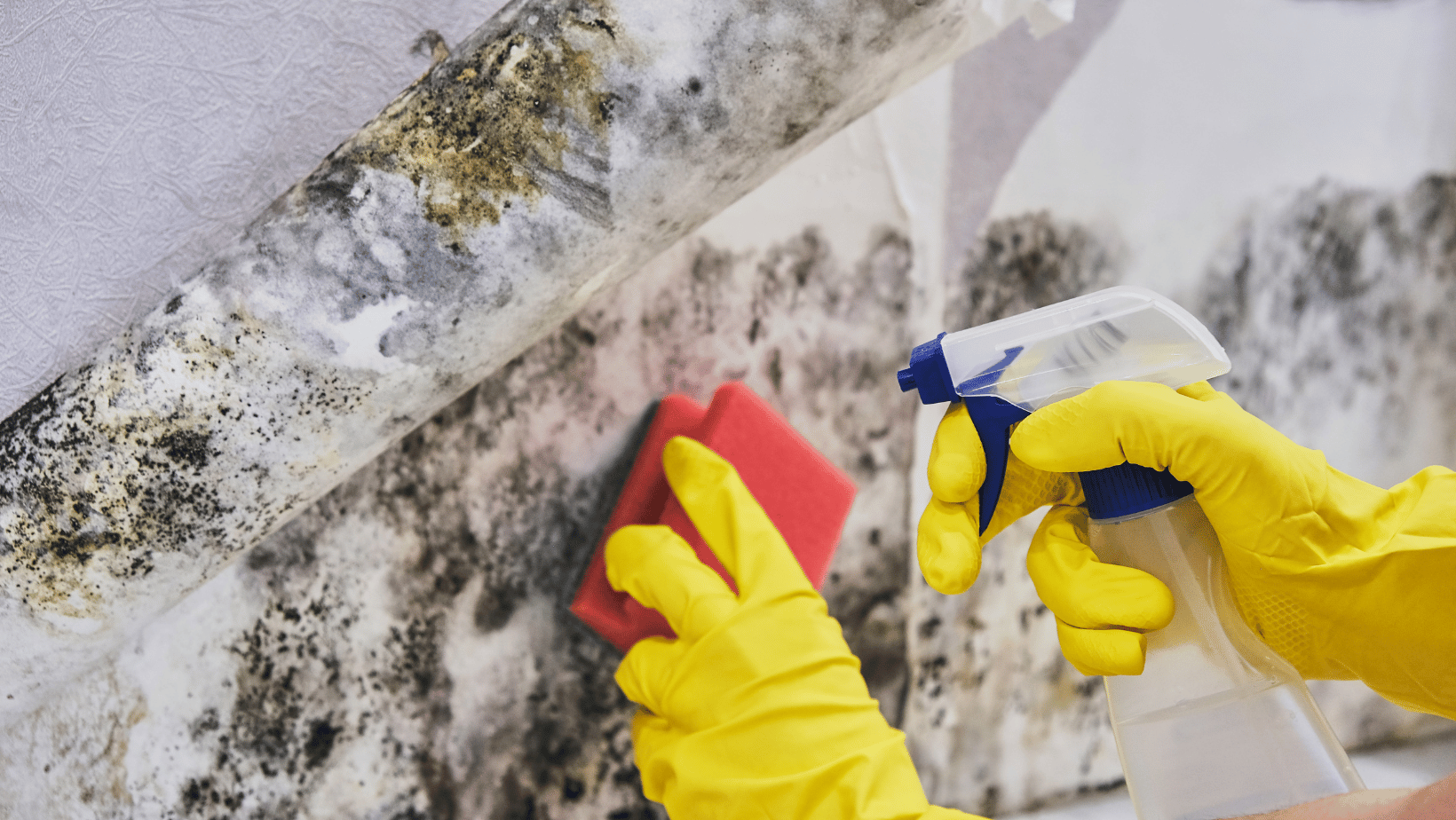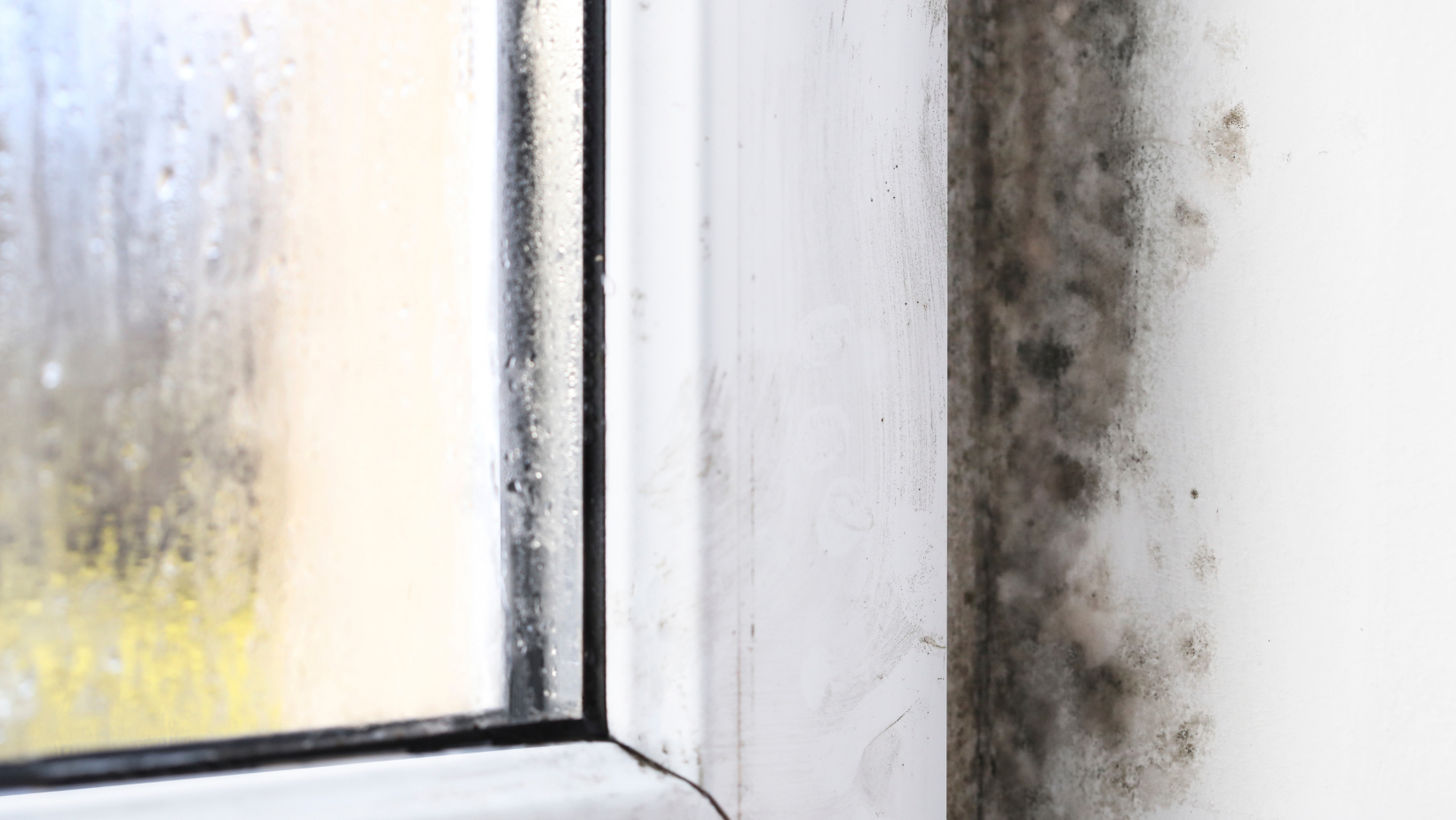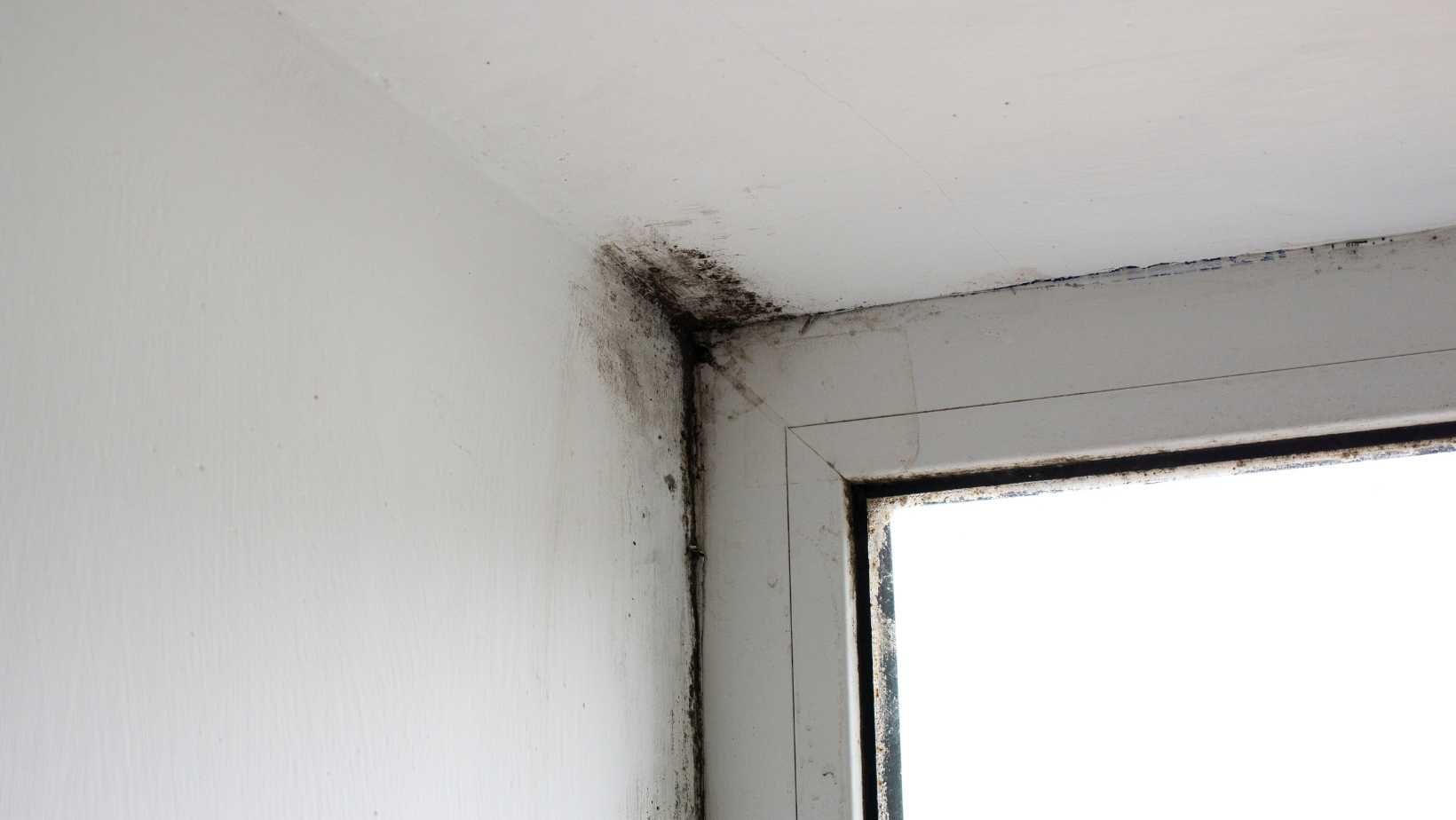Can Mold Grow on a Christmas Tree?
Tips for Mold Inspection in Baton Rouge, LA

Christmas trees are often seen as a beautiful thing that immediately warms up a room and fills it with a lovely aroma. As beautiful as these trees are, especially once decorated, they are still subject to several issues that can cause trouble for homeowners. For families that bring a real tree into their home, the more you know about how to take care of them and the potential threats they present, the merrier the season will be. First and foremost, trees require work. Once set up in your home, you must care for the tree and give it love. If you suspect you may have a mold problem associated with the tree, you should reach out for the best mold inspection Baton Rouge, LA has to offer you and your family.
How to Properly Care for Your Tree
Maintaining a real Christmas tree requires several daily or regular steps to ensure it stays fresh and safe throughout the holiday season. Here are the key maintenance steps directly from the best mold inspection experts in Baton Rouge, LA.
- Watering: The most critical aspect of Christmas tree care is regular watering. A fresh tree can consume a surprising amount of water, especially in the first few days. Ensure the tree stand can hold enough water and check daily water levels. The base of the tree should always be submerged in water. If the water level drops below the tree's base, the sap will reseal the cut, preventing the tree from absorbing water and leading to early drying.
- Proper Placement: Place your tree away from heat sources like fireplaces, radiators, heating vents, and direct sunlight. These can prematurely dry out the tree. Also, avoid placing the tree in high-traffic areas where it might get bumped or knocked over.
- Regular Monitoring: Check the tree regularly for signs of dryness or drooping, which indicates it's not getting enough water or is nearing the end of its life. A fresh tree should last about four weeks if cared for properly.
- Daily Needle Check and Clean-Up: Sweep or vacuum fallen needles daily to avoid accumulation, which can be a fire hazard and a nuisance.
- Humidity Control: Consider using a humidifier in the room where the tree is located, as dry indoor air can hasten the drying process of your tree.
- Check for Sap Leakage: Occasionally, trees may leak sap from the cut end or from where branches were removed. Place a protective mat or cloth under the tree stand to protect your floor.
By following these steps in Baton Rouge, you can enjoy your real Christmas tree throughout the holiday season while minimizing risks and maintaining its beauty. Even with the best possible care and love, trees are still subject to problems. One of the most important things to remember is mold on Christmas trees.
Christmas Trees with Mold in Baton Rouge, LA
Mold in indoor and outdoor Christmas trees presents real challenges that require attention and understanding. Indoors, a home's warm and humid environment offers ideal conditions for dormant mold spores on live trees to activate and multiply, potentially affecting air quality and health. Outdoor trees are not immune to mold issues while in their natural habitat. They face different challenges when exposed to weather conditions and environmental factors that can encourage mold growth. Each setting presents unique problems, necessitating specific strategies for mold prevention and control. When the worst happens (you have mold), you must reach out for mold remediation in Baton Rouge, LA. Acknowledging and addressing these distinct concerns is crucial for maintaining a healthy and festive atmosphere during the holiday season.
Mold on Trees in the Wild
It is possible to get a tree from outdoors that already has mold. Trees growing in natural environments can be exposed to various mold spores. These spores are part of the natural ecosystem and can be found in the soil, air, and on plants. Mold spores can adhere to the surfaces of a tree, including its bark, branches, and needles.
While outdoor conditions, such as sunlight and air circulation, typically inhibit significant tree mold growth, some spore accumulation is almost inevitable. When these trees are cut and brought indoors, the change in environment — particularly the warmer, more humid conditions typically found inside homes during the winter — can create a climate conducive to these dormant spores becoming active and growing. However, mold spores on an outdoor tree are not always visible, and the extent of mold growth can vary greatly.
To minimize the risk of bringing a moldy tree indoors, it's advisable to inspect the tree as best as you can before bringing it home. Look for any visible signs of mold, such as discolored patches or a musty smell. Shaking the tree vigorously before setting it up inside can also help dislodge loose debris and mold spores. Additionally, keeping the tree in a well-ventilated area and away from direct heat sources can help reduce the likelihood of mold growth after the tree is brought indoors.
Mold in Indoor Trees
Due to various factors, Christmas trees can develop mold even during a brief indoor stay. When a tree is brought indoors, it's exposed to warmer and more humid conditions than its natural outdoor environment, which can activate dormant mold spores. These spores, already present from the tree's time outside, find the indoor environment conducive to growth. This process can occur quickly, sometimes in as little as 24 to 48 hours, especially if the tree is already carrying a significant load of mold spores.
It's important to manage the indoor conditions around the tree to minimize the risk of mold growth. Ensuring good air circulation, maintaining lower humidity levels, and regularly inspecting trees for mold are key preventive measures. Watering the tree, while necessary for its freshness, can increase humidity, so it's important to manage this carefully. Even with a short indoor stay, these precautions are vital to prevent mold growth and maintain a healthy home environment during the holiday season.
Step By Step Guide for How to Spot Mold in a Christmas Tree
To effectively identify mold in your Christmas tree, a detailed and experienced approach is required. Offering the top-quality mold remediation on Baton Rouge, LA has given us a lot of knowhow about mold and Christmas trees. Keep your eyes and ears open for:
The Subtle Aroma of Mold
- Where to Smell: Approach your tree and inhale deeply, especially near the trunk and inner branches where airflow is limited.
- Why: A distinct musty odor is a classic hallmark of mold presence, often overlooked in the fresh pine scent of the tree.
- What to Identify: You're sniffing for a scent reminiscent of damp paper or a forest floor after rain, subtly different from the crisp pine aroma.
- Frequency: Trust your nose upon first bringing the tree home, then make it a ritual, like lighting Advent candles, to check daily.
Discoloration: Nature's Red Flag
- Where to Look: Peer closely at the needles and branches, especially the less exposed and shadowed areas.
- Why: Mold can alter the tree's natural color palette, revealing itself in unexpected hues.
- What to Identify: Be on the lookout for unnatural splotches – perhaps a tinge of yellow, a smattering of white, or even a hint of black.
- Frequency: Examine your tree at setup and then every few days.
Visible Growth: The Unwanted Decoration
- Where to Look: Focus on the lower branches and the tree's base. Mold loves these hidden, less disturbed areas.
- Why: Visible mold growth is an unmistakable indicator, often missed in the dense greenery.
- What to Identify: Watch for anything that looks out of place – fuzzy patches, slimy films, or spider-web-like structures.
- Frequency: Integrate this into your weekly routine, akin to watering your plants.
Moisture Check: The Root of the Problem
- Where to Look: Inspect the tree stand and the immediate surrounding area.
- Why: Excessive moisture is a breeding ground for mold. It's often a silent accomplice.
- What to Identify: Look for pooling water or persistent dampness around the tree's base.
- Frequency: Make this part of your watering ritual – each time you water, do a quick check.
Allergy Symptoms: The Body's Warning System
- Where to Look: Monitor the health of your household. Sometimes, the tree's impact is felt rather than seen.
- Why: Mold can aggravate allergies, a sign that is often attributed to other winter ailments.
- What to Identify: Notice any unusual increase in sneezing, coughing, or itchy eyes, especially when spending time near the tree.
- Frequency: Stay vigilant throughout the season, like watching the ever-changing winter weather.
By attentively observing these signs, you'll be equipped to identify mold in your Christmas tree, ensuring a healthy and joyful holiday ambiance in your home. Remember, addressing mold issues promptly can make a significant difference in maintaining the tree's beauty and your family's well-being during the festive season.
You might also like
DryMax Mold Blogs




